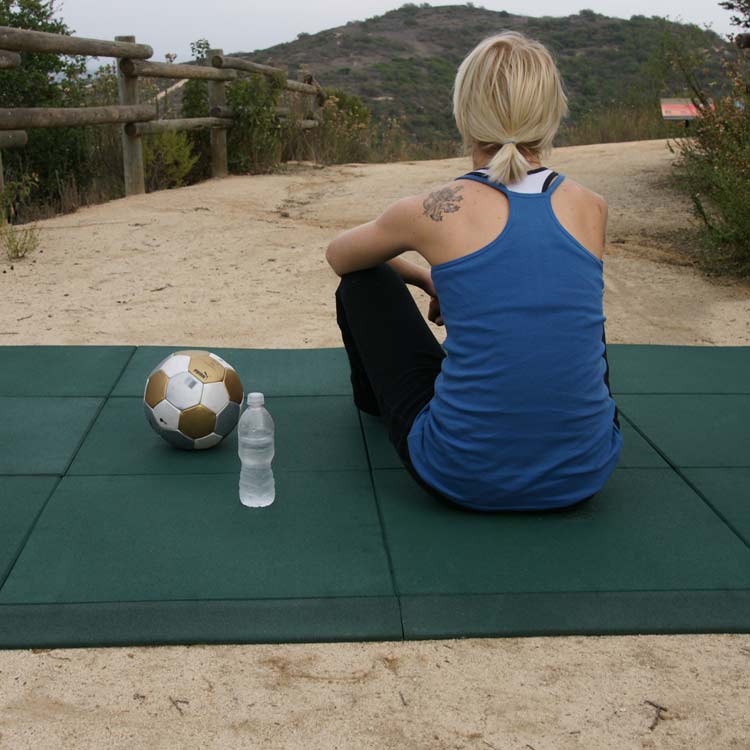 Upon reminiscing of my elementary school days, I can’t help but wish our playground had rubber playground tiles. Oh, I remember it all. We would have obstacle courses through the playground, starting from dodging the relentlessly swaying swings, to crossing the finger-blistering monkey bars, and then finally descending the electrically-charged slide. The unlucky ones tripped and shred the skin of their knees on the bare concrete. The ones lucky enough to make it through alive were able to crack a weary smile through a face caked with a batter of sweat and dust.
Upon reminiscing of my elementary school days, I can’t help but wish our playground had rubber playground tiles. Oh, I remember it all. We would have obstacle courses through the playground, starting from dodging the relentlessly swaying swings, to crossing the finger-blistering monkey bars, and then finally descending the electrically-charged slide. The unlucky ones tripped and shred the skin of their knees on the bare concrete. The ones lucky enough to make it through alive were able to crack a weary smile through a face caked with a batter of sweat and dust.
Our parents would have blown a gasket if they had ever found out about our barbaric playground gauntlet for good reason: it really was dangerous out there: the dug-up holes in the sandbox, the thin and slippery layer of pebbles on the concrete, the bully who would take a victim’s shoe and fill it with sand. Why? If only we had a better surface for playgrounds, my friends and I wouldn’t have had to weather the playground’s wrath.
Fortunately today, there are now excellent flooring options for playgrounds, namely rubber playground tiles. Rubber flooring is the ideal surface for playgrounds for six reasons:
 Traction: Our playground tiles are made of rubber, a material which has great footing, even when wet! The rubber tiles already trump sand or mulch by setting a level surface that can’t be tripped on. The traction provided by the rubber tiles further reduces the chance that a child will slip and fall. This is an especially important feature when children are running around or playing a frantic game of tag!
Traction: Our playground tiles are made of rubber, a material which has great footing, even when wet! The rubber tiles already trump sand or mulch by setting a level surface that can’t be tripped on. The traction provided by the rubber tiles further reduces the chance that a child will slip and fall. This is an especially important feature when children are running around or playing a frantic game of tag!Rubber playground tiles cover all the bases, keeping children safe and sound from injury. The tiles are incredibly durable and resilient enough to remain intact after countless games of hide-and-seek or hop-scotch. I just wish they would have mandated rubber tiles to be required on playgrounds back when I was a young one. Then I wouldn’t still be picking out little pebbles from my scuffed knees.